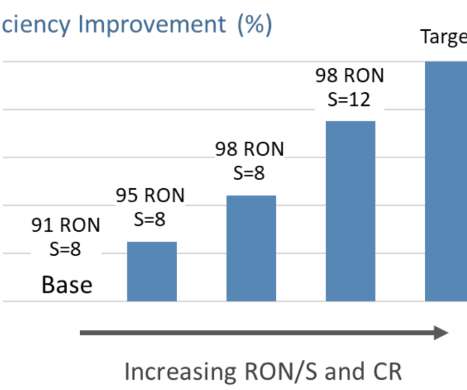General Motors plans to be carbon-neutral by 2040; eliminate LDV tailpipe emissions by 2035
Green Car Congress
JANUARY 29, 2021
To reach its goals, GM plans to decarbonize its portfolio by transitioning to battery-electric vehicles or other zero-emissions vehicle technology, sourcing renewable energy and leveraging minimal offsets or credits. Renewable Energy. Renewable Energy. The new fast chargers will be powered by 100% renewable energy.


























Let's personalize your content